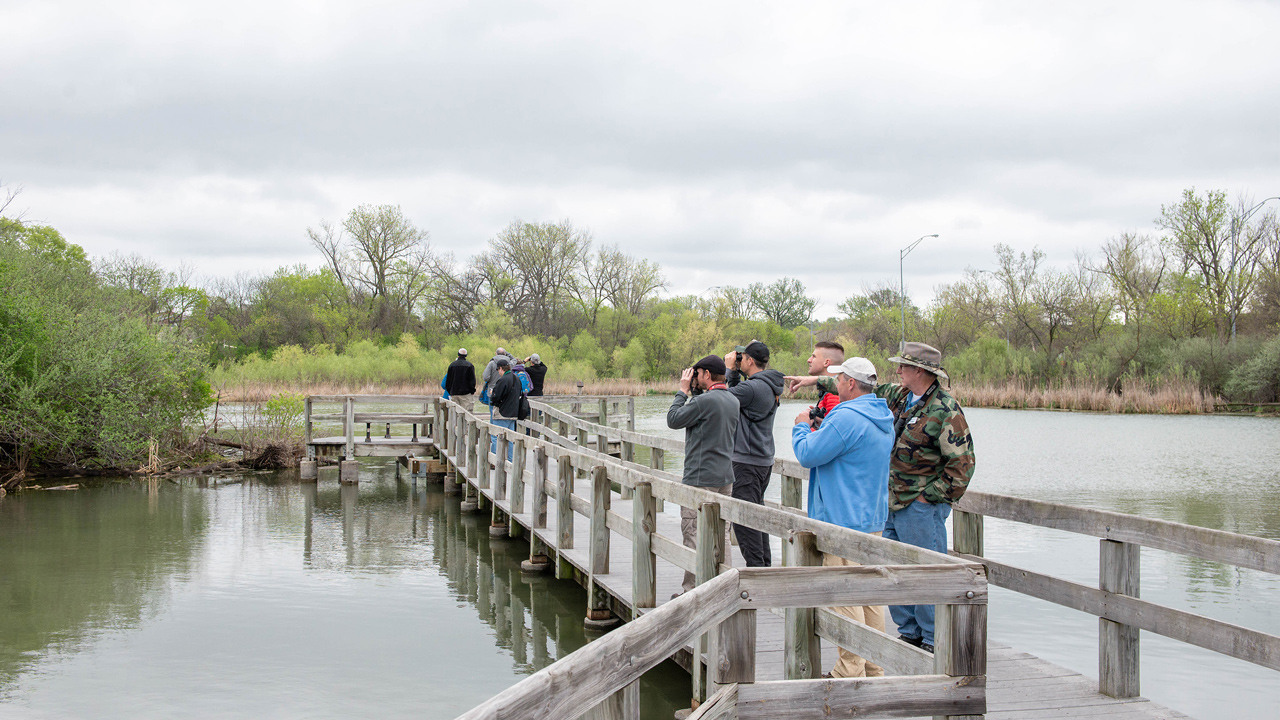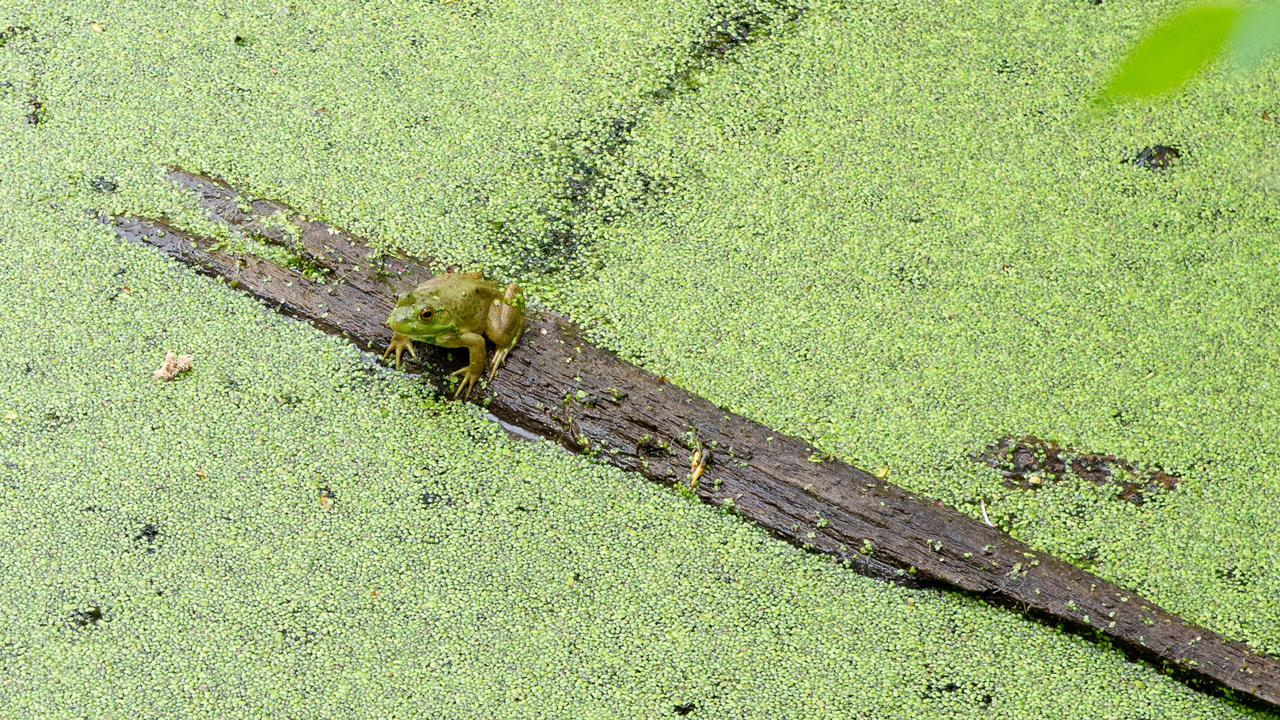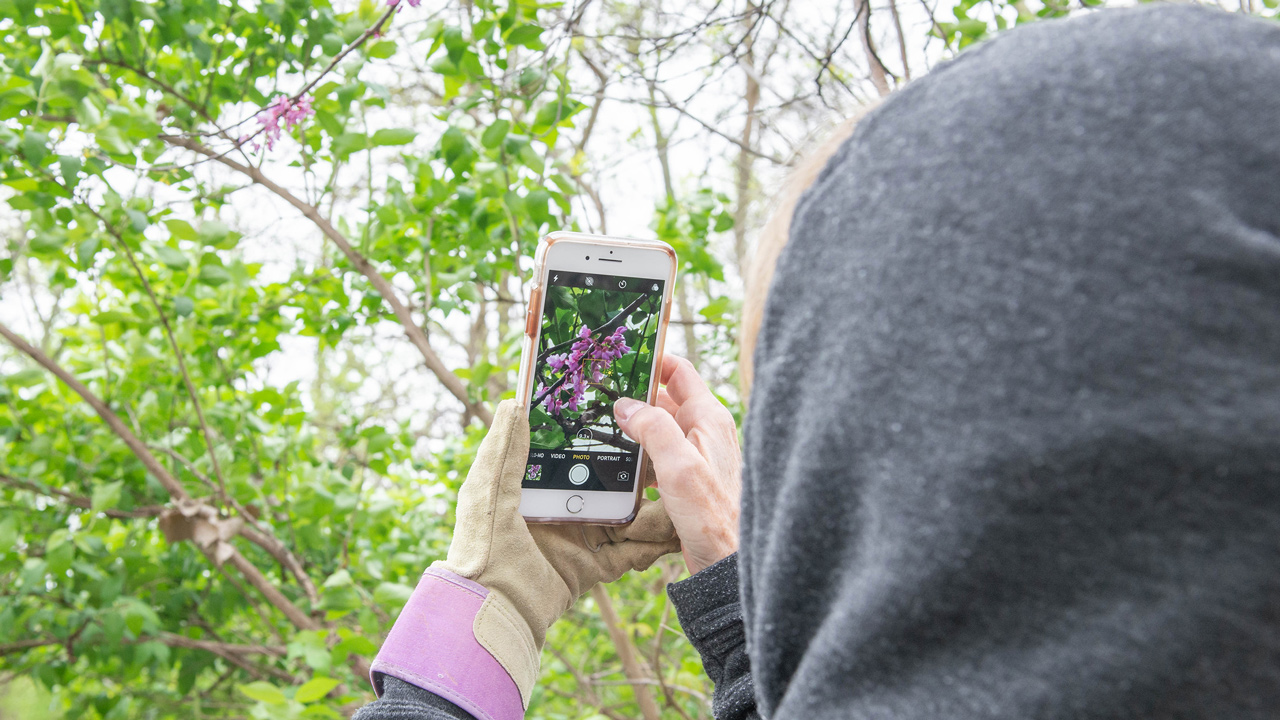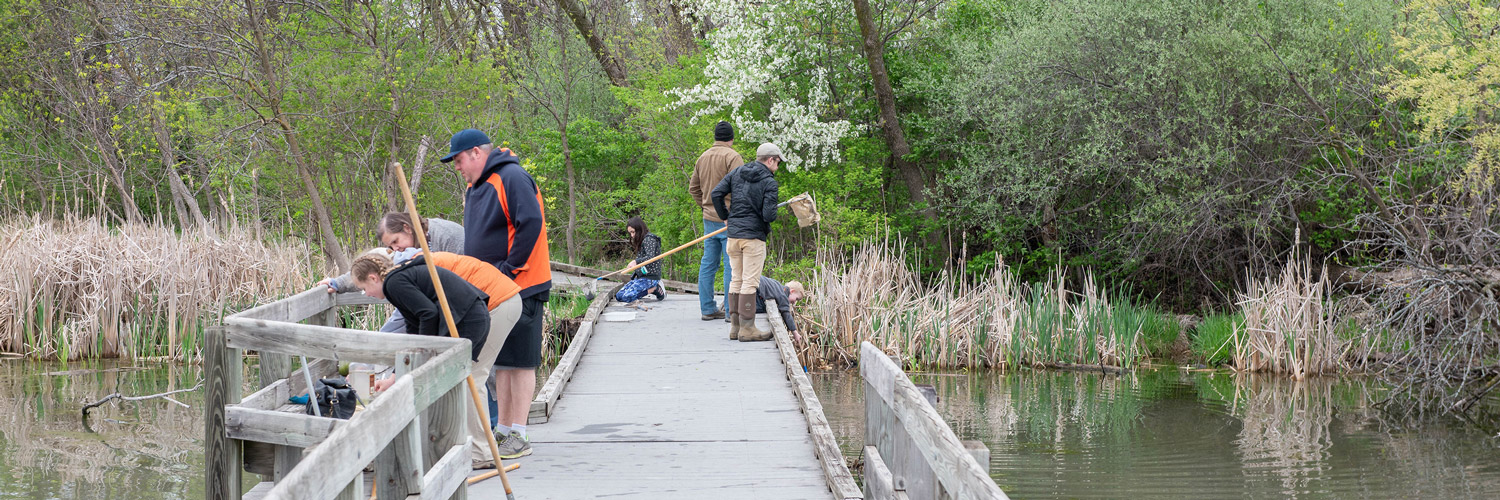
Are you a scientist? Before you answer no, think about this: are you interested in engaging with the natural world and sharing your observations with others? If you are, then you have every qualification to become a citizen scientist. And there are all kinds of fun and easy ways you can channel that passion into helping professional scientists understand our world a little better every day. Here, we explore what a citizen scientist is and how being one can make a big impact. And we find out what Omaha’s Henry Doorly Zoo & Aquarium is doing to connect citizen scientists like you with all kinds of exciting and inspiring projects here in our community and around the world.

What is Citizen Science?
Citizen science is just “regular” people from all parts of the community contributing to the body of research being done by professional scientists. Citizen scientists come from all ages, professions, and skill levels – and they can give as much or as little of their time as they like. These volunteers make enormous contributions to important research by collecting data, analyzing the results, or reporting the findings. There are literally thousands of different citizen science projects going on now in ecology and conservation – as well as a variety of other fields like physics, astronomy, even literature and medicine. In recent years, citizen science has become an important part of how professional scientists conduct their studies.
Why It’s Important
Some of the complicated questions that scientists explore require huge sets of data to answer adequately. The data may need to be collected over large geographic areas or long periods of time – even decades. Scientists can’t be everywhere at once though, and that can limit the types of studies they do. But thanks to recent advances in technology, people are more connected than ever, and there are people all over the world with true passions to share and a desire to contribute. They may not have the training that “real” scientists have, but they’re just as capable of helping gather and analyze the important, high-quality information that scientists need for their research. With the help of citizen scientists, professional researchers can ask even more complex questions and make discoveries they never could before.

Get Started at the Zoo
If citizen science sounds exciting, Omaha’s Henry Doorly Zoo & Aquarium is a great place to get started. We spoke with Education Program Manager Pam Eby about some of the projects that citizen scientists can join at the zoo. This month, the zoo is partnering with MonarchWatch.org, University of Kansas, and citizen scientists to tag migrating monarch butterflies. Later, when spotters locate the tagged butterflies in their overwintering grounds in Mexico, scientists learn more about the monarch’s migration patterns and population size.
In another project, citizens help biologists determine if tiger salamanders still exist in Eastern Nebraska. Tiger salamanders haven’t been seen locally in over ten years, but researchers are hoping that with enough eyes on the look-out for them, we can locate a few rare individuals and take steps to protect them. And of course, if you’ve taken part in the City Nature Challenge with us over at Heron Haven, you’ve already participated in another of the zoo’s citizen science projects. To find out more about these or other citizen science projects at the zoo, Pam invites you to check out the Omaha’s Henry Doorly Zoo & Aquarium website.

Or Follow Your Own Passion
Finding a community event is just one way to take part in citizen science. For individuals, families, classrooms, or other interested groups, there are literally thousands of opportunities to make meaningful contributions to research through citizen science – and they don’t have to take a ton of extra time either. It can even be as simple as using the iNaturalist app to upload photos of plants, insects, or other findings while you’re out exploring nature. Or it could be counting birds in your own backyard as part of Cornell University’s Celebrating Urban Birds program.
Whatever your interest, there’s a project for you to join – and websites like Zooniverse and SciStarter are great places to find the perfect one. Some citizen science projects are local, some are based across the world. Some require you to get out and explore nature, others can be done on the computer right inside your home. Citizen scientists all over the globe count meteors and locate distant planets, they monitor noise and light pollution, record bird behavior, spot elephants in Africa, and tons more.
When we asked Pam about her favorite citizen science project, she told us how much she loves the Track-A-Lilac project through USA National Phenology Network. Pam has lilacs at her home, and through the program, she sends in observations about their growth, when they bud, and when they bloom. She likes knowing that her three lilac shrubs are helping scientists understand how environmental change affects when the plants leaf out and flower. And as she points out, just about everyone has a lilac in their neighborhood, so it’s easy to participate. For another project, Pam goes online during her lunchbreak to count sea lions.
Teachers, scout leaders, and other people who work with kids can find a wealth of ideas and support to get their students involved too. In fact, SciStarter and Cornell University are two good sources for all kinds of ideas and resources geared toward educators and leaders looking for ways to engage kids in scientific discovery.
Let’s Get Started
Contributing to research is a great way to gain a deeper sense of connection with the world around us and our place in it – and it offers valuable insight into how scientific inquiry works. Once you see how many opportunities there are to join in a meaningful project with a researcher who could really use your enthusiasm and expertise, we’re sure you’ll be hooked.


